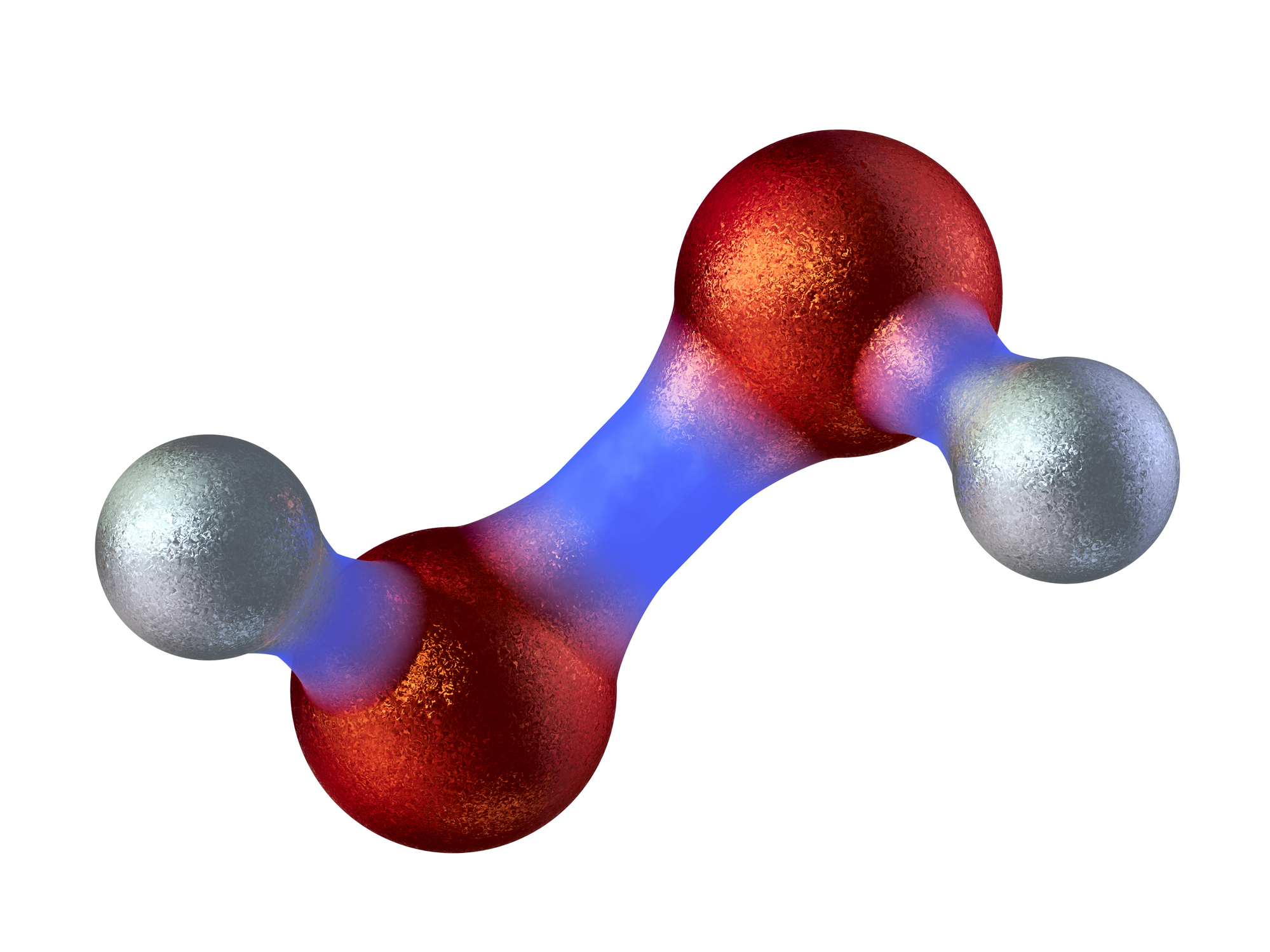Hydrogen Peroxide Solvates with High Energetic Content
TECHNOLOGY NUMBER: 7225

OVERVIEW
Using hydrogen peroxide solvates to enhance the oxygen balance of CL-20 explosives.
- Increases oxygen balance without decreasing density, thereby improving detonation velocity and pressure
- Enhanced explosives, propellants, pyrotechnics with superior performance
BACKGROUND
Explosives and related energetic materials like propellants and pyrotechnics store immense chemical energy, released via initiation events. This rapid release is enabled by the close proximity of fuel and oxidizer molecules. However, most compounds used as explosives are under-oxidized, which reduces their performance. Traditional energetic materials, such as CL-20 and HMX, are examples that suffer from this issue. Although optimizing oxygen balance can enhance the performance of these materials, introducing additional oxidizers typically decreases material density, thereby degrading detonation velocity and pressure. This trade-off between oxygen balance and material density has necessitated innovative solutions to achieve higher performance without compromising on essential properties. Consequently, there is a need for improved methods to balance oxygen content and material density in explosives.
INNOVATION
University of Michigan researchers have developed a groundbreaking approach to improve the oxygen balance of CL-20 explosives by replacing water molecules in its partially hydrated solvate with hydrogen peroxide. This innovative solution creates two polymorphic energetic solvates. These new solvates surpass traditional ε-CL-20 and the hydrated solvate, α-CL-20, in terms of optimized oxygen balance. Using the thermochemical code Cheetah 7.0, both solvates demonstrated enhanced detonation parameters, including velocity and pressure, without compromising sensitivity. In particular, the orthorhombic hydrogen peroxide solvate is predicted to exceed even the exemplary detonation parameters of ε-CL-20. This advancement promises significant improvements in the performance of explosives, propellants, and pyrotechnics, making them more efficient for a variety of military and industrial applications.